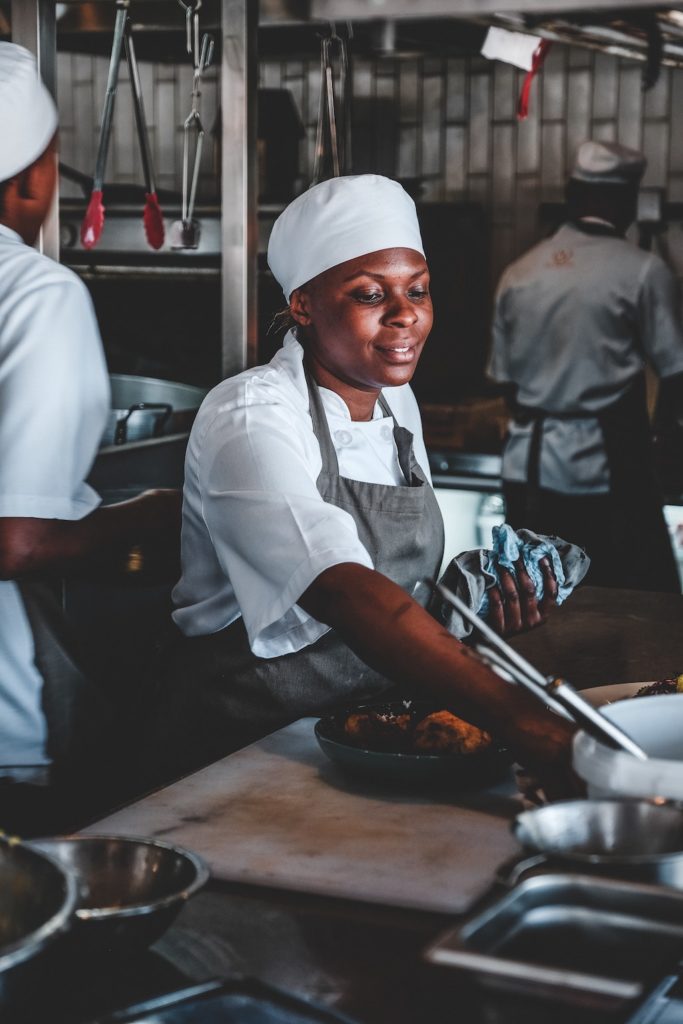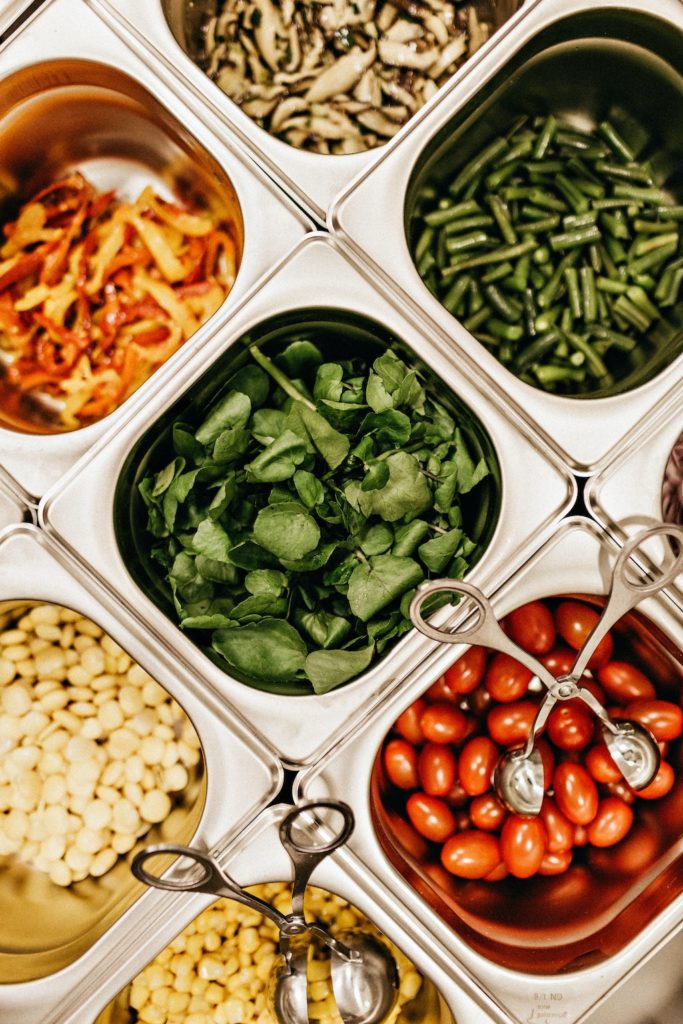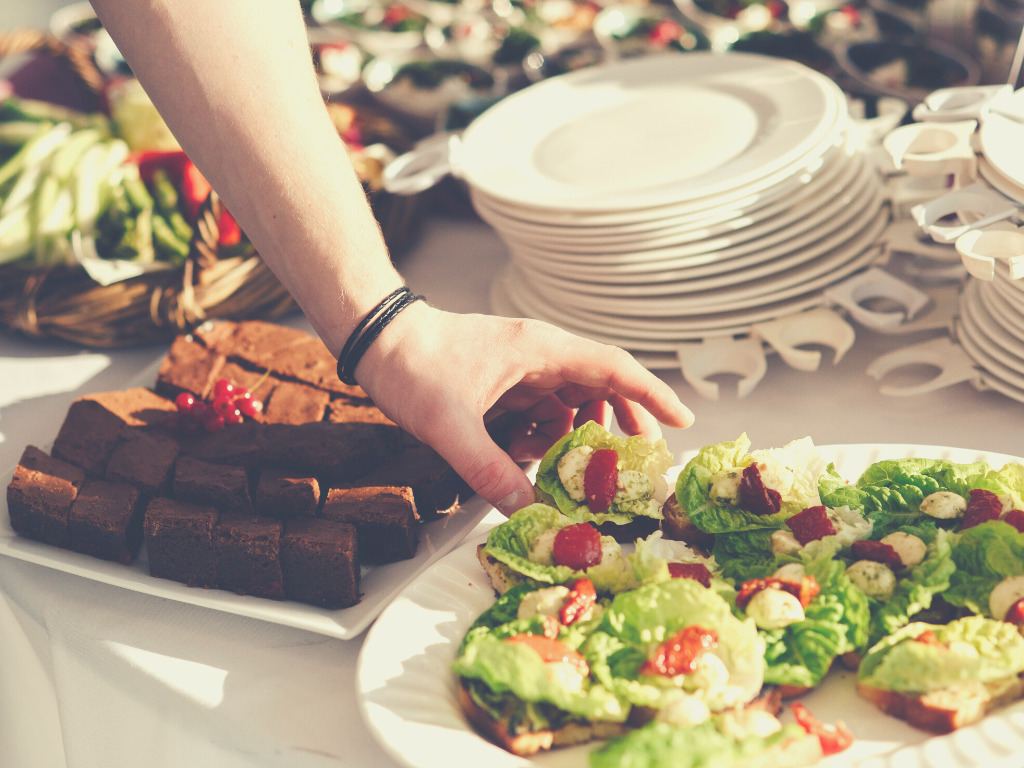Google Cafeterias Switched To Smaller Bowls. It Cut Down On Food Waste By A Lot.
3 Mins Read
As Covid infection rates drop and indoor mask rules have eased in all 50 states, employees are heading back into Google’s offices next month, and efforts to reduce food waste are increasing along with the return.
One of the perks of working for a company like Google is its cafeteria offerings. Google has offices in 170 cities across the globe, and pre-pandemic, it was serving up hundreds of thousands of meals per day.
Google was an early adopter of low-waste and healthier, more climate-friendly plant-based meal options for its employees. And before lockdown, it tested another strategy, this one to reduce food waste: small bowls.
According to Google, it began using bowls that were an inch less deep than it had used previously. It made a significant difference in reducing the company’s food waste.
Food waste at Google
Emily Ma, head of Google’s “Food for Good” program, said it reduced food waste by as much as 70 percent.
“That unconsciously led to people taking a little less food—30 to 50% less—and that actually downstream led to 30-70% less waste,” Ma recently told Fast Company.
The move is part of the company’s goal to reduce food waste by 50 percent and be zero-waste-to-landfill by 2025. It’s already using a tracking tool to monitor all waste. This allows the chefs to adjust ingredients and preparation methods to reduce waste.

“Little things like being able to trim the top of a strawberry off a little bit more precisely make a difference,” Ma says. “And so the knife skills involved in that are trainable. It’s not necessarily a technical solution here.”
Chefs are also implementing component cooking to reduce waste. “Instead of making a chicken tikka masala, it’s like, ‘Hey, can we keep the chicken separate from the curry, separate from the herbs, so that we could recreate something with those ingredients tomorrow’?” Ma says.
“We had to do a lot of analysis, not just in our own cafes, but also upstream with our suppliers and our distributors that bring the food in, and downstream with waste management companies, composting companies that we work with, and even food recovery companies,” says Ma.
“Behind the scenes, the strategy work that is being operationalized, [there are[ 20 different areas that we’re looking at upstream in our operations and downstream that we’re either piloting right now, or we’re in the process of scaling across an entire region, or in some cases globally, when it’s culturally appropriate to do so.”
Google chefs are also looking at parts of food that are often tossed but perfectly edible, like broccoli stalks, and turning that into a slaw. It’s also increasing its purchases of ingredients that are made from food waste. One example is a flour made from coffee cherries—the fruit that surrounds coffee beans.
Food waste in the U.S.
Food waste is a big problem globally, accounting for 30-40 percent of the U.S. food supply, according to the USDA, and about eight percent of emissions globally. That amounts to more than $160 billion worth of losses.

In 2015, the USDA and the EPA set targets to reduce U.S. food waste by 50 percent by 2030 from 2010’s numbers. Companies have begun selling “imperfect” fruits and vegetables at discounted prices, and products like chips and crackers are made with vegetable pulp leftover from juicing. Supermarkets and restaurants have also increased their efforts to route food to shelters and food banks.
At Google, as veteran employees return along with newcomers who were hired during the pandemic, Ma says the cafeterias are ramping up sustainability efforts and food waste targets.
“So there’s an opportunity to share with them that every small action they take, consciously or unconsciously, actually ladders up to them living out a sustainable life.”
Photo by Olga Lioncat from Pexels.



